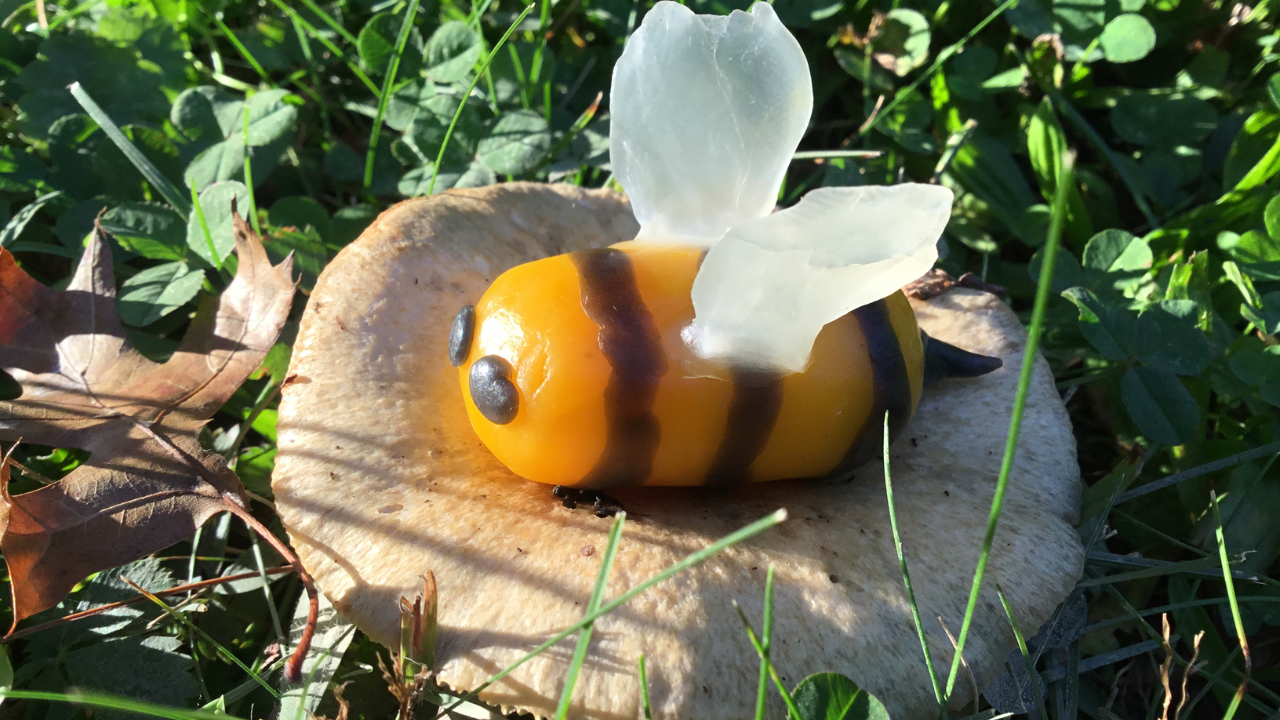Sculpting and Modeling
Mar 27, 2021
Sculpting and modeling forms out of dough, clay, plastelina, beeswax, and so on is one of the many beautiful and important aspects of our class journeys. While many items children create are lovely to look at, the beauty and the importance of this work lie really in the experience of the work more than they do in the end result.
The striving is for us to guide the children through the experiences that will awaken their hands fully, expand develop their ability to feel and perceive forms as they shape, transform, and feel their way through them.
“... continue artistic working in the early grades by moving on to three-dimensional, plastic forms, using plasticine if it is available and whatever else we can get if it isn’t; even if it’s mud from the street, it doesn’t matter! The point is to develop the ability to see forms and feel forms.” - Rudolf Steiner, Discussions with Teachers (Hudson, NY: Anthroposophic Press, 1997), p. 198.
While beeswax has become a much-loved material to work with, we benefit from remembering the value and importance of working with other materials at all ages, including clay, dough, mud, wet sand, etc. As they engage with various sculpting materials, children learn to perceive and sense the relationships between various forms, their transformations, as well as the relationships between human beings and the materials as they are in nature, where they can be found, how they can be changed, and more. Playing outside after spring rain sculpting mud pies, tunnels, and water channels is just as important in the sculpting experience as forming a beeswax figure, sculpting a form out of dough, or creating a small cup or a plate out of clay. As parents and teachers, it helps us to expand in freedom into this aspect of artistic work with our children when we remember the ‘why’ and detach from assumptions that one material is more important than another for the child. If we go to the indications given in Discussions with Teachers, it is important to remember that Steiner pointed to the importance of sculpting and modeling with children at all ages and with all materials, including clay and mud in both early and upper grades. Regularly working with sculpting and modeling materials to activate the child’s hands, to deepen and expand capacities of form perception, and to stir the capacities of imagination connects us (and the child) to the innate human impulse to sculpt, to create, to transform matter.
We are Redefining Education!
We invite you to join us every Monday for our Q and A.
We are here to support you in living your family’s best life!
Join us HERE.
Stay connected with news and updates!
Join our newsletter to receive the latest news and updates from our team. Plus you will receive additional helpful resources and a gift!
Don't worry, your information will not be shared.
We hate SPAM. We will never sell your information, for any reason.

